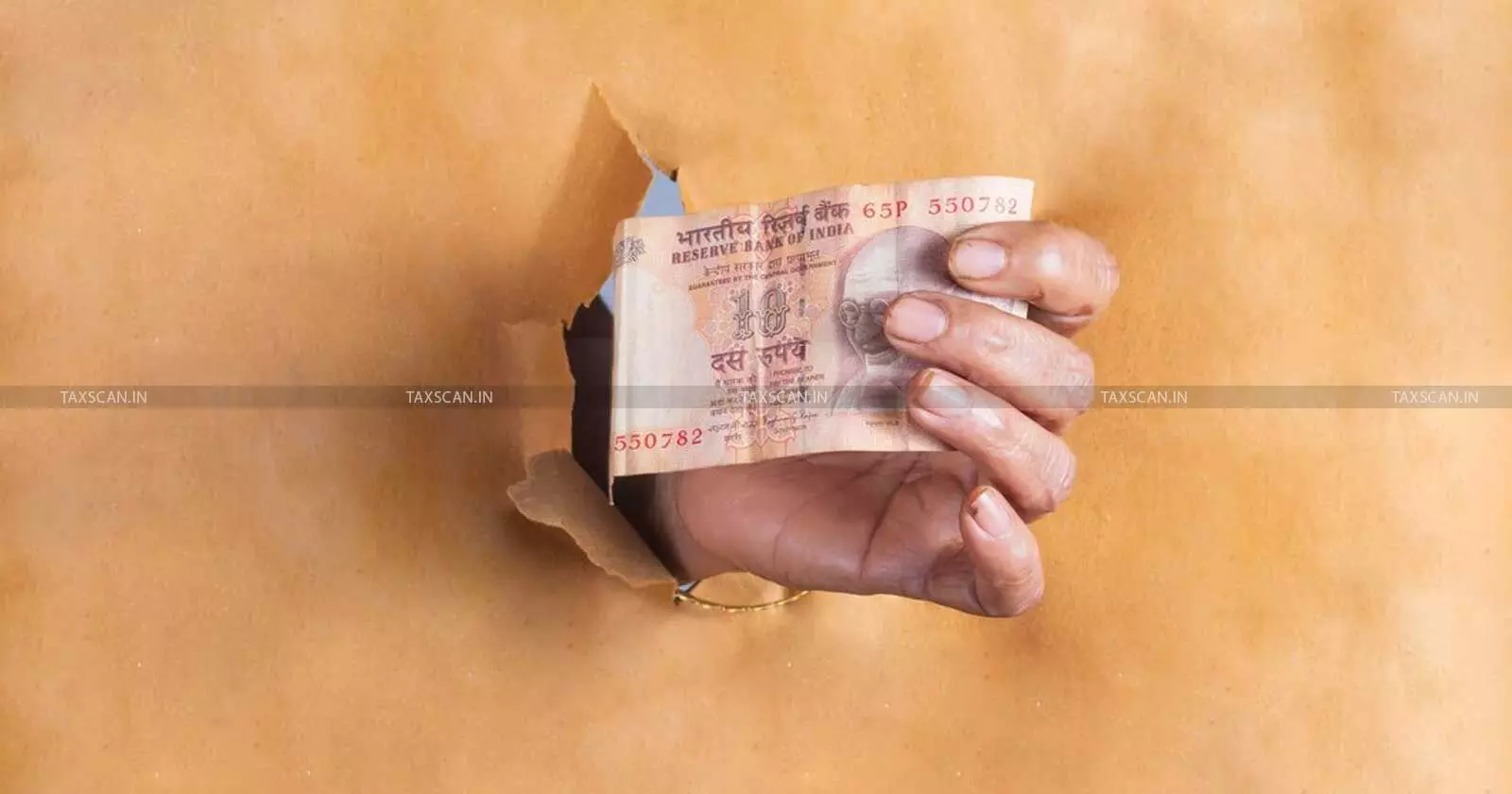Know Your Currency: In-Depth Look at the ₹10 Bank Note
The current design of the ₹10 note combines intricate security features with strong cultural symbolism.

The Ten Rupee - ₹10 banknote, though modest in denomination, plays an indispensable role in India’s economy. It is one of the most frequently exchanged currency notes in the country and serves as an essential tool for transactions in both urban and rural settings. Issued under the Mahatma Gandhi (New) Series by the Reserve Bank of India (RBI), the current design of the ₹10 note combines intricate security features with strong cultural symbolism, ensuring both reliability and a reflection of Indian heritage.
Complete practical guide to Drafting Commercial Contracts - Click Here
Physical Dimensions and Material
The ₹10 note is printed on 100% cotton-based paper, offering durability and a unique texture that makes it distinguishable by touch. It measures 123 mm × 63 mm, making it slightly smaller than higher denomination notes. The base color is chocolate brown, a distinct shade that helps reduce confusion with other denominations.
Cash Transactions Can Lead to Fines! Are you at risk? Click Here
Obverse (Front) Features
The obverse side of the note features several important elements:

- Mahatma Gandhi Portrait: A central feature is the portrait of Mahatma Gandhi, printed using intaglio (raised) printing for tactile identification.
- Microlettering: The area near the portrait includes micro-lettering with the words ‘RBI’, ‘भारत’ (Bharat in Devanagari), and ‘10’. These are difficult to reproduce and serve as a counterfeit deterrent.
- Security Thread: A windowed security thread runs vertically and is visible as a broken line from the front. It contains inscriptions of ‘भारत’ and ‘RBI’, and exhibits a color shift from green to blue when tilted.
- Ashoka Pillar Emblem: India’s national emblem is printed prominently.
- Latent Image: When held at an angle, the denomination numeral "10" appears as a latent image near the vertical band.
- Intaglio Printing: The RBI seal, Mahatma Gandhi’s portrait, the Ashoka Pillar emblem, and identification marks are printed in raised ink for tactile recognition by visually impaired users.
- Identification Mark: A geometric pattern in raised print serves as a tactile guide for those with visual disabilities.
- Numerals and Language Panel: Large numerals are printed in both Devanagari and international numerals, with the note’s value printed in ascending size, for aiding the visually impaired.
Tax Planning For NRIs - Click Here
Reverse (Back) Features
The reverse side celebrates Indian heritage and offers several critical identifiers:

- Konark Sun Temple Motif: A symbolic representation of India’s rich architectural and cultural heritage, the note features the chariot wheel from the Sun Temple in Odisha—an enduring symbol of Indian artistry and spirituality.
- Swachh Bharat Abhiyan Logo and Slogan: Reinforcing civic responsibility, the note carries the logo and tagline of the national cleanliness campaign, promoting public hygiene awareness.
- Year of Printing: Located at the top left, indicating the year in which the note was printed.
- Language Panel: The panel displays the denomination written in 15 of India’s scheduled languages, showcasing the country’s linguistic diversity and pluralism.
Not All Cash Is Legal! Discover when to say NO Click Here
Security Features
The ₹10 note is embedded with multiple layers of security to prevent counterfeiting:
- Watermark: A visible watermark of Mahatma Gandhi’s portrait and the numeral “10” appears when held against the light.
- See-through Register: The floral design on the front aligned precisely with the design on the reverse when held to light, forms a complete image.
- Color Shift Thread: As mentioned, the security thread exhibits a change in color when the note is tilted, a sophisticated feature difficult to replicate.
- Raised Printing: Select elements such as Gandhi's portrait, the RBI seal, and the Ashoka Pillar are in raised ink, providing tactile clues for the visually impaired and acting as anti-counterfeit measures.
Public Awareness and Responsibility
The Reserve Bank of India continuously educates citizens about identifying genuine notes through public campaigns. The general public is encouraged to check multiple security features—rather than relying on any single feature—to verify the authenticity of a note. Awareness and vigilance are the first line of defense against counterfeiting.
Step by Step Guide of Preparing Company Balance Sheet and Profit & Loss Account Click Here
Conclusion
The ₹10 banknote is a powerful combination of functionality, cultural identity, and security. From the symbol of Mahatma Gandhi to the depiction of the Sun Temple, and from the Swachh Bharat message to multilingual inclusivity, the note is a microcosm of India itself—diverse, secure, and rich in heritage.
Understanding its safety and cultural features empowers the public to protect themselves against fraud and to appreciate the artistry and engineering that go into the making of India’s currency.
Support our journalism by subscribing to Taxscan premium. Follow us on Telegram for quick updates


